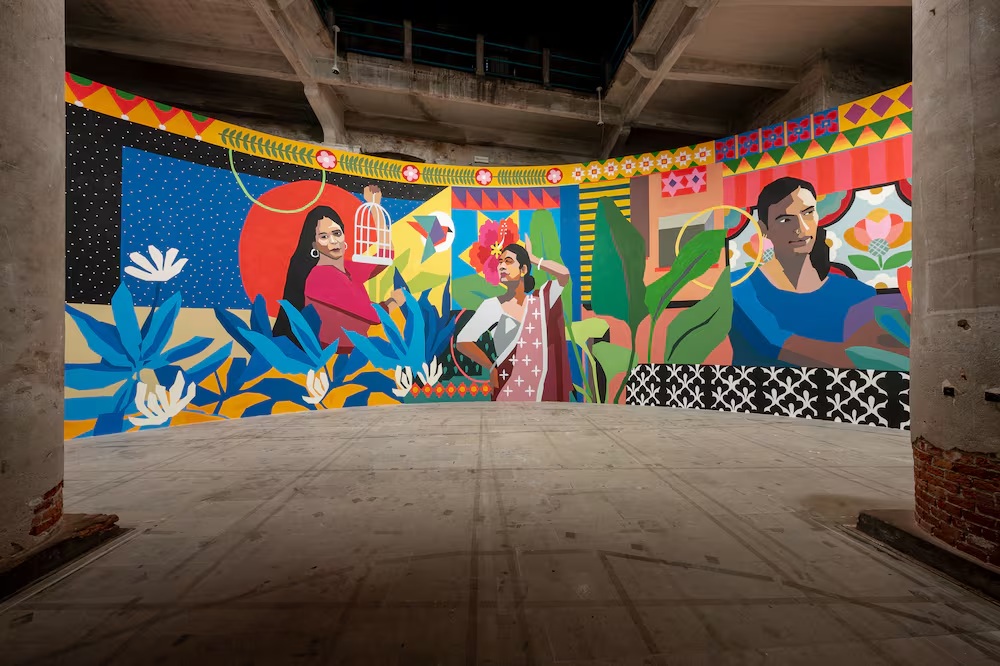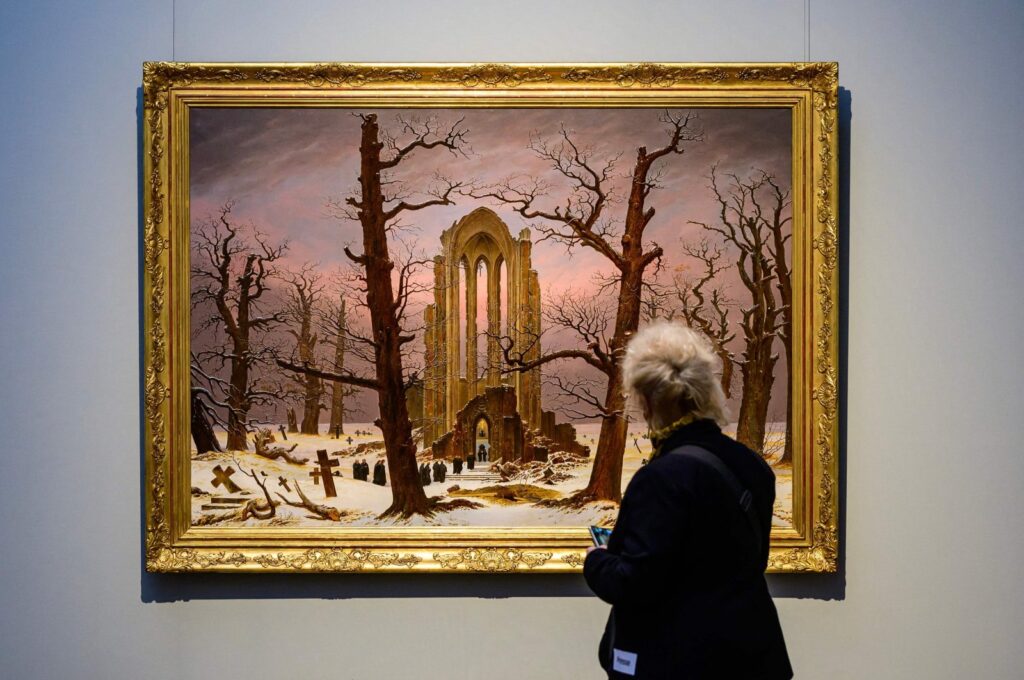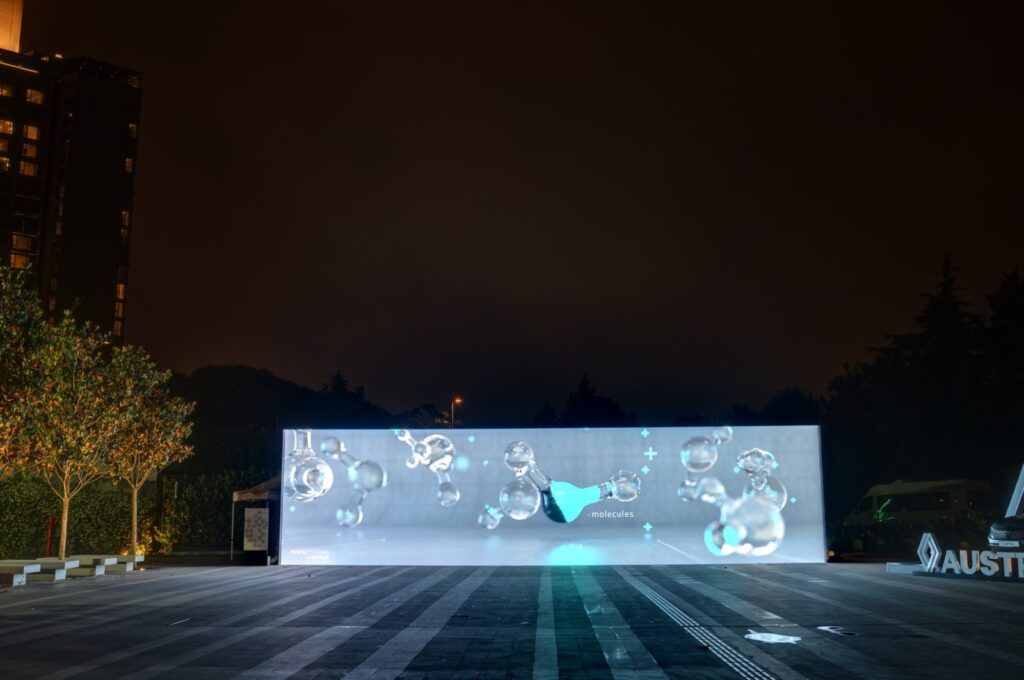
Monitoring Desk
ISTANBUL: Biennials, international showcases for contemporary art, are great occasions to promote the cultural credentials of their host cities. Istanbul, along with its eponymous biennial, has the Yeditepe Biennial, which is the first biennial in the world in the field of classical Turkish arts.
The second edition of the biennial was launched at Süleymaniye Mosque Imaret (public soup kitchen) Darüzziyafe on Jan. 7 this year. Organized in cooperation with Fatih Municipality and the Classical Turkish Arts Foundation under the auspices of the Presidency of the Republic of Turkey, the Yeditepe Biennial continues at Nuruosmaniye Mosque Cellar, Yedikule Fortress and Fatih Glass Cube Gallery. The event, whose theme is “frame” this year, discusses the questions about the consequences of searching outside for what we have lost inside, the relationship between the symbolic world of the West and the frame, and the contradiction it creates, together with the aesthetic and cultural instruments of Turkish traditional arts.
Questions brought by framework
The biennial brings up a very central issue that has not yet been discussed with the theme of the frame: What does it mean for traditional arts to present themselves within a frame in exhibition spaces, after moving away from their own spaces, namely books and architectural spaces, in the modern period? In other words, how has the separation of the integrity of Turkish arts, which have been divided into disciplines such as illumination, calligraphy, miniature and marbling in the last two hundred years, and framing and hanging of them on the wall changed their traditions and perceptions? These questions offer answers that will be multiplied by each participant’s and artist’s own interpretations in the biennial.
Four venues, four meanings
The venues of the biennial, Süleymaniye Mosque Imaret Darüzziyafe, Nuruosmaniye Mosque Cellar, Yedikule Fortress and Fatih Glass Cube Gallery, do not welcome their guests in a frame but at a threshold as intermediate spaces. The exhibition methods, which include a design suitable for the architectural features of the spaces, are based on the horizontality that internalizes the symmetry and asymmetry of the space in the Süleymaniye Mosque Imaret Darüzziyafe, a kind of descent and solemnity in the Nuruosmaniye Mosque Cellar and a vertical movement in the Yedikule Fortress.
For this reason, more than 250 works in the Süleymaniye Mosque Imaret Darüzziyafe, which is still under restoration, were arranged in accordance with the artist’s practice of seeing work. The arrangement of the works, which closes or sometimes completely hides their frameworks, allows the interlocutors to find their own way of seeing rather than imposing a certain point of view and “framing.” It also points to the questioning of the position of traditional arts in today’s cultural industry.
The installations of Ismail Hakkı Gurbetçi are among the standout works presented in the Süleymaniye Mosque Imaret Darüzziyafe. In “Çer-ve…”, the artist questions the concept of frame, which has been used as an exhibition element in traditional arts for many years, using frames of different sizes in line with the theme of the biennial. In another installation, Gurbetçi interprets the story of Joseph with the same method he used in “Çer-ve…”. He points out that the incident of Joseph’s well may be seen as a fall but it is actually a rise with the wisdom of God.
In Fatih Glass Cube Gallery, it is possible to digitally visit the works and venues of the biennial, observe their 3D state, and think about the existence of the works in the digital world. The works in Nuruosmaniye Mosque Cellar, on the other hand, are the result of an effort to make visible the questions of artists who have received traditional art education about their art performance and exhibition styles.
The works in Yedikule Fortress are mostly in the nature of expressing hopes and despairs about the future of both contemporary and traditional art exhibition practices. Featuring six works by five artists, the display presents the audience with questions and receptions about place, person, work and the relationship between the visible and the truth. The works in this place also remind us that they are not just installations but an announcement of the call of the ancient Anatolian wisdom that proclaims “everything is already in its place.”
The biennial also questions the existence of a unique exhibition style and the awareness of this issue since the day Turkish-Islamic arts were divided into disciplines, with 282 works on display. The works will remain open to visit until March 7. Do not miss it!
Courtesy: (Dailysabah)
The post Yeditepe Biennial takes on adventures around ‘frames’ appeared first on The Frontier Post.








